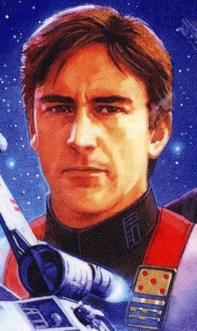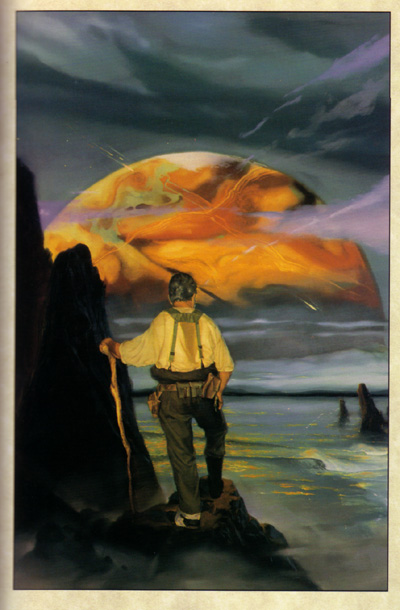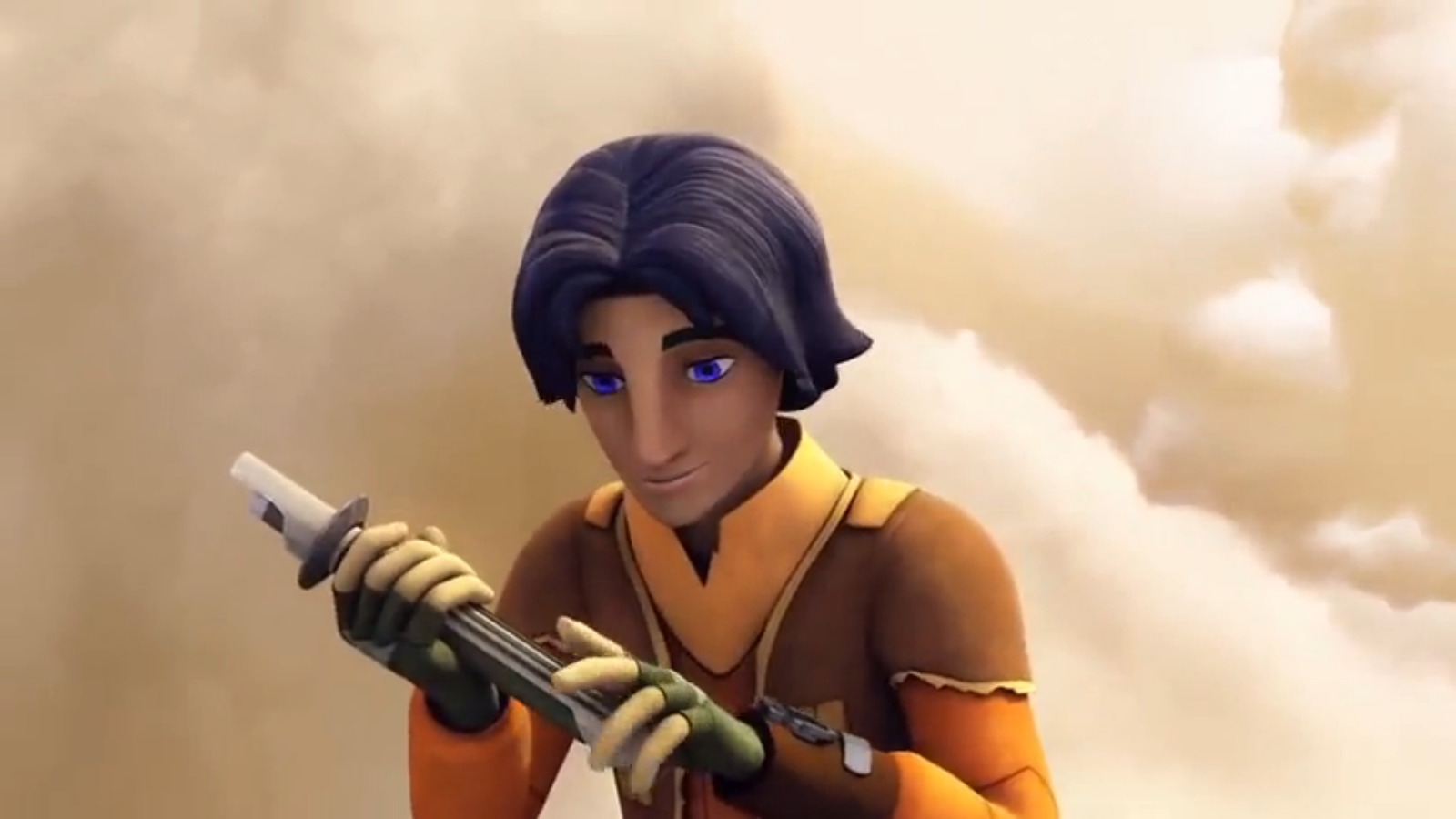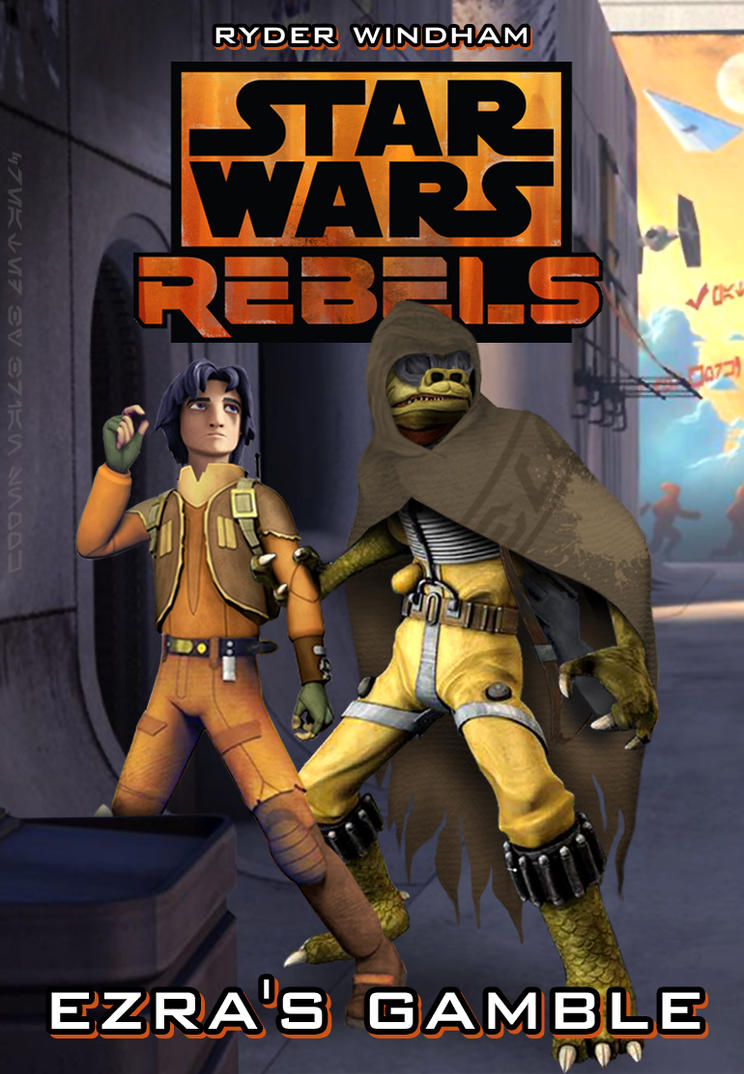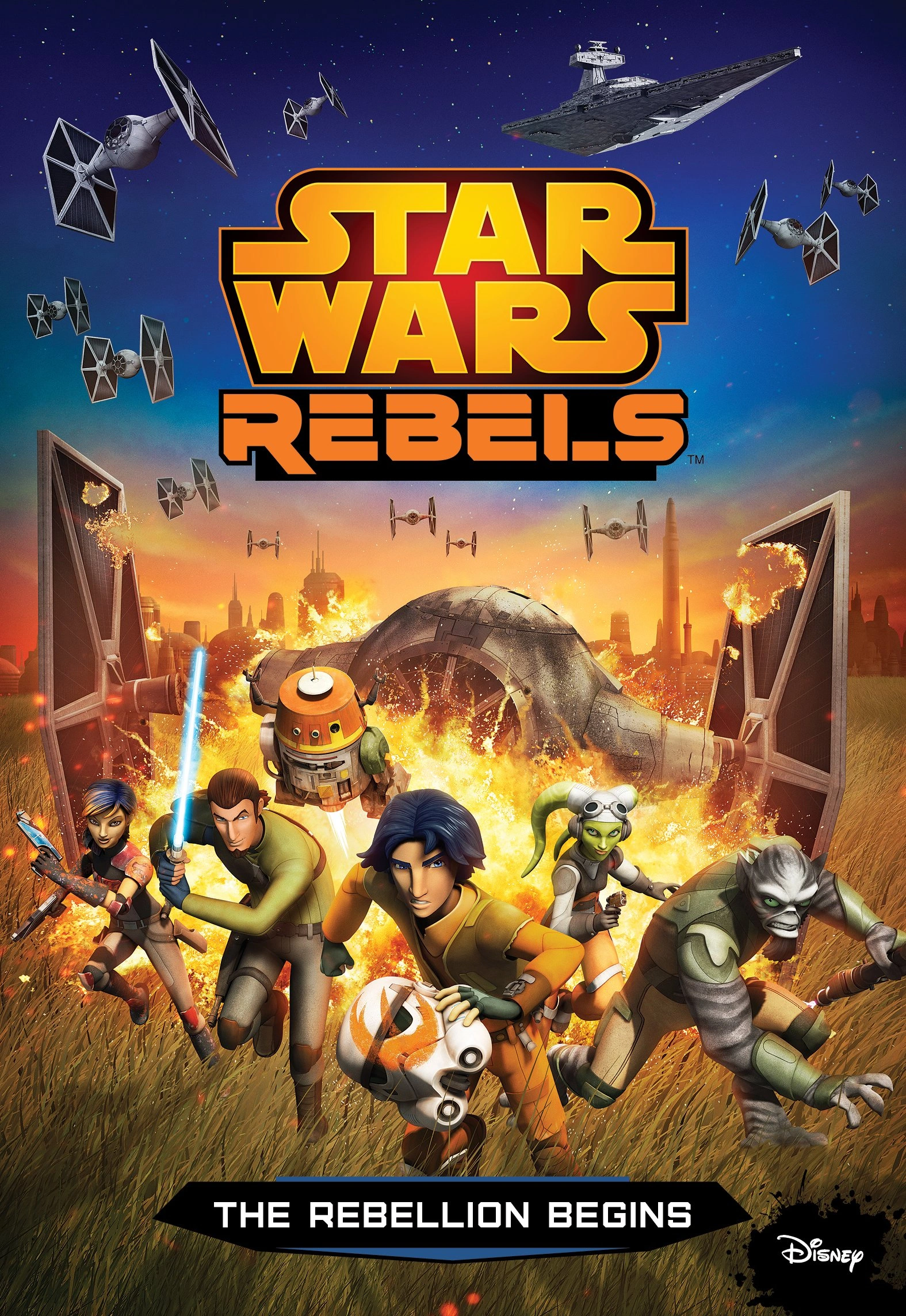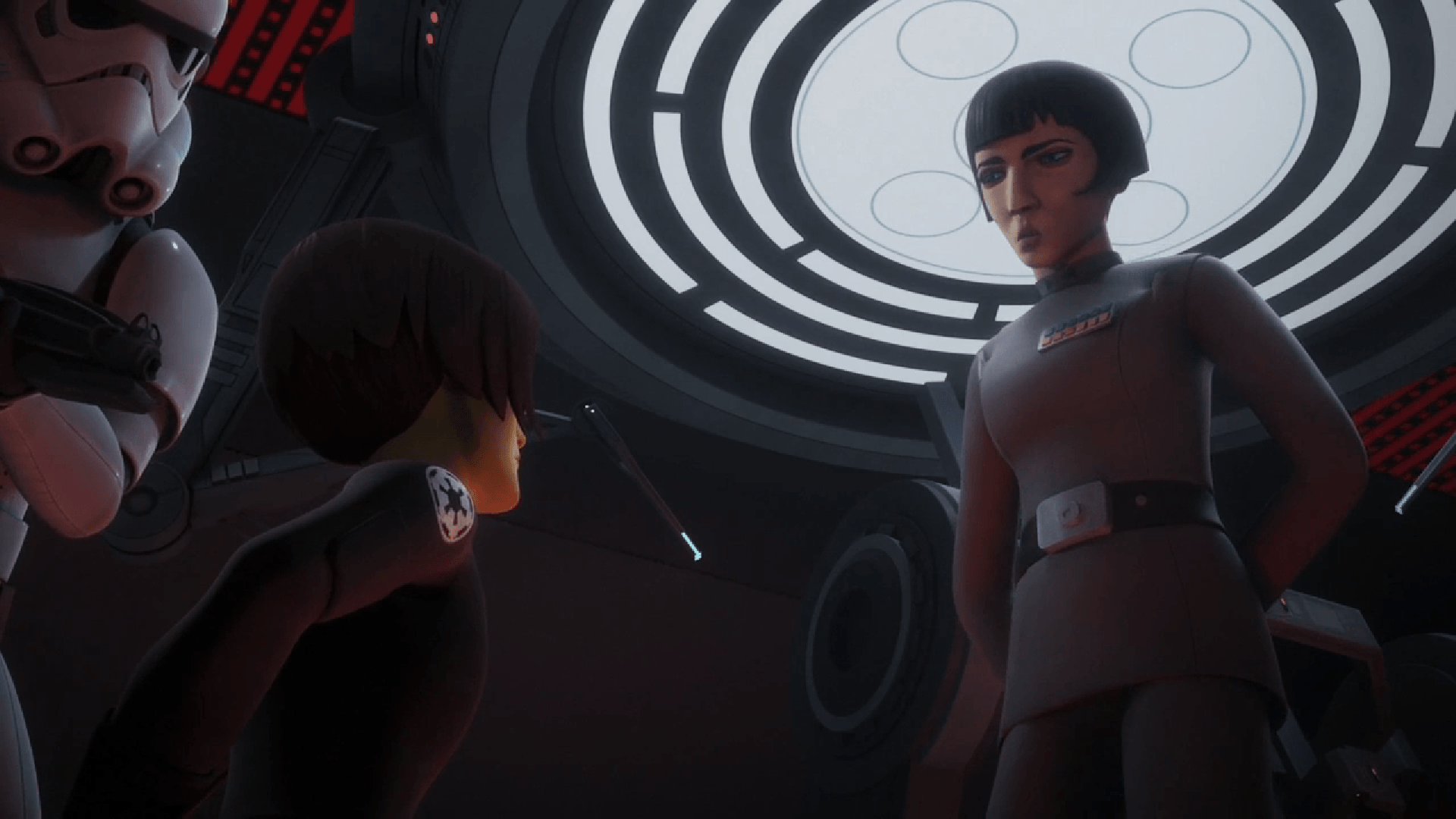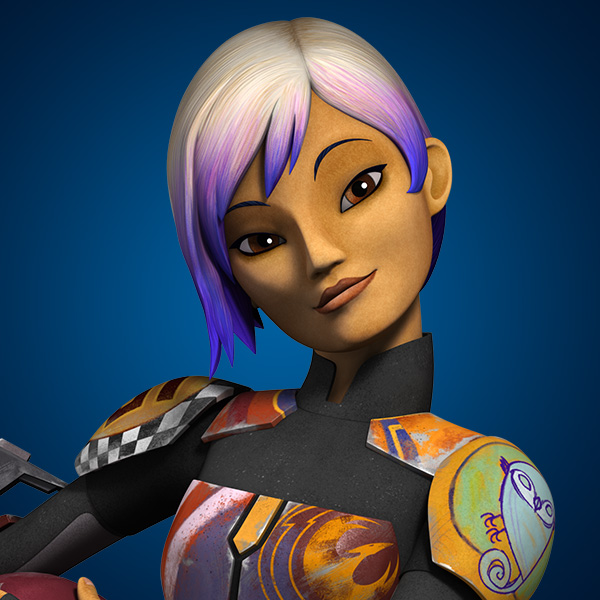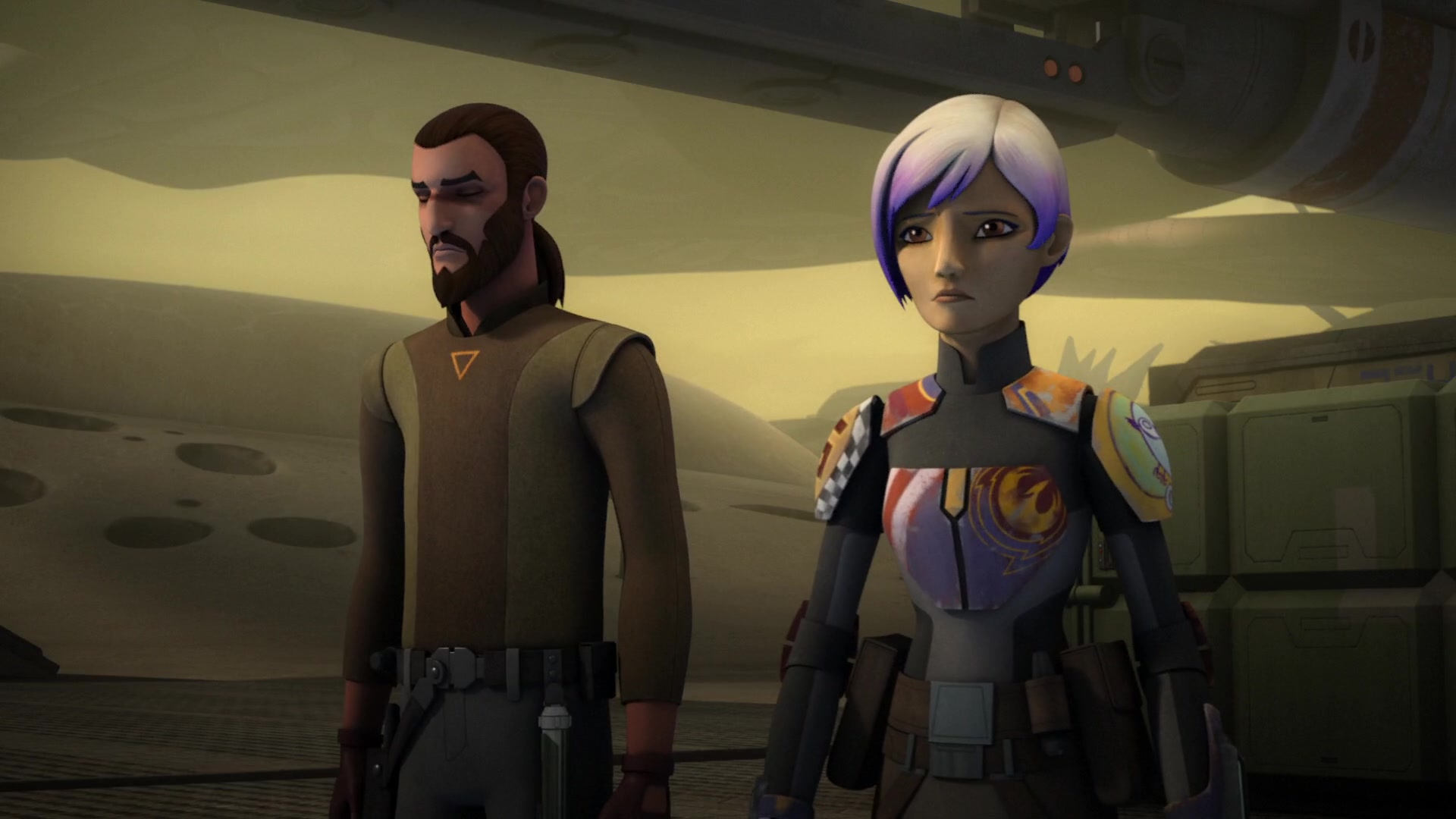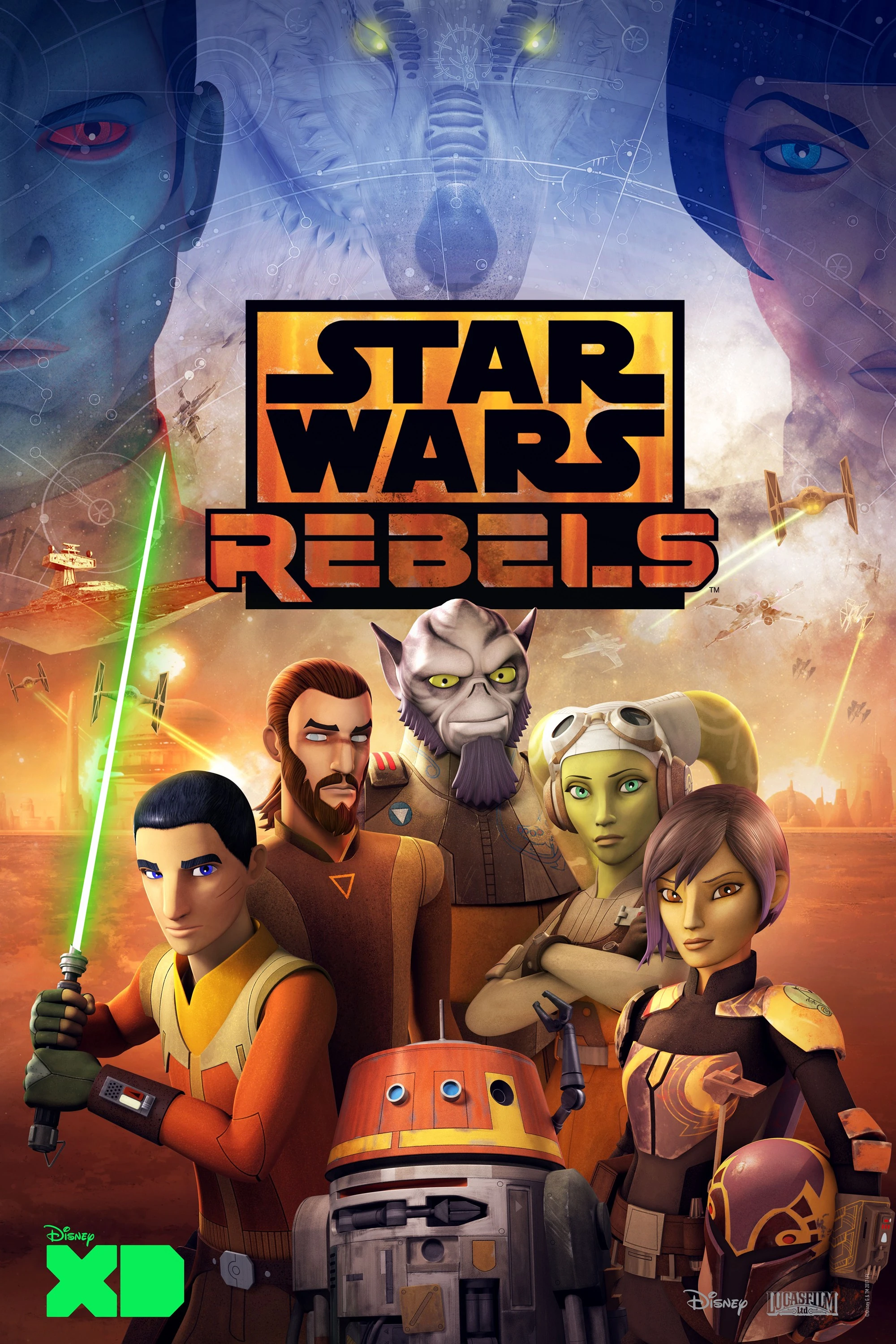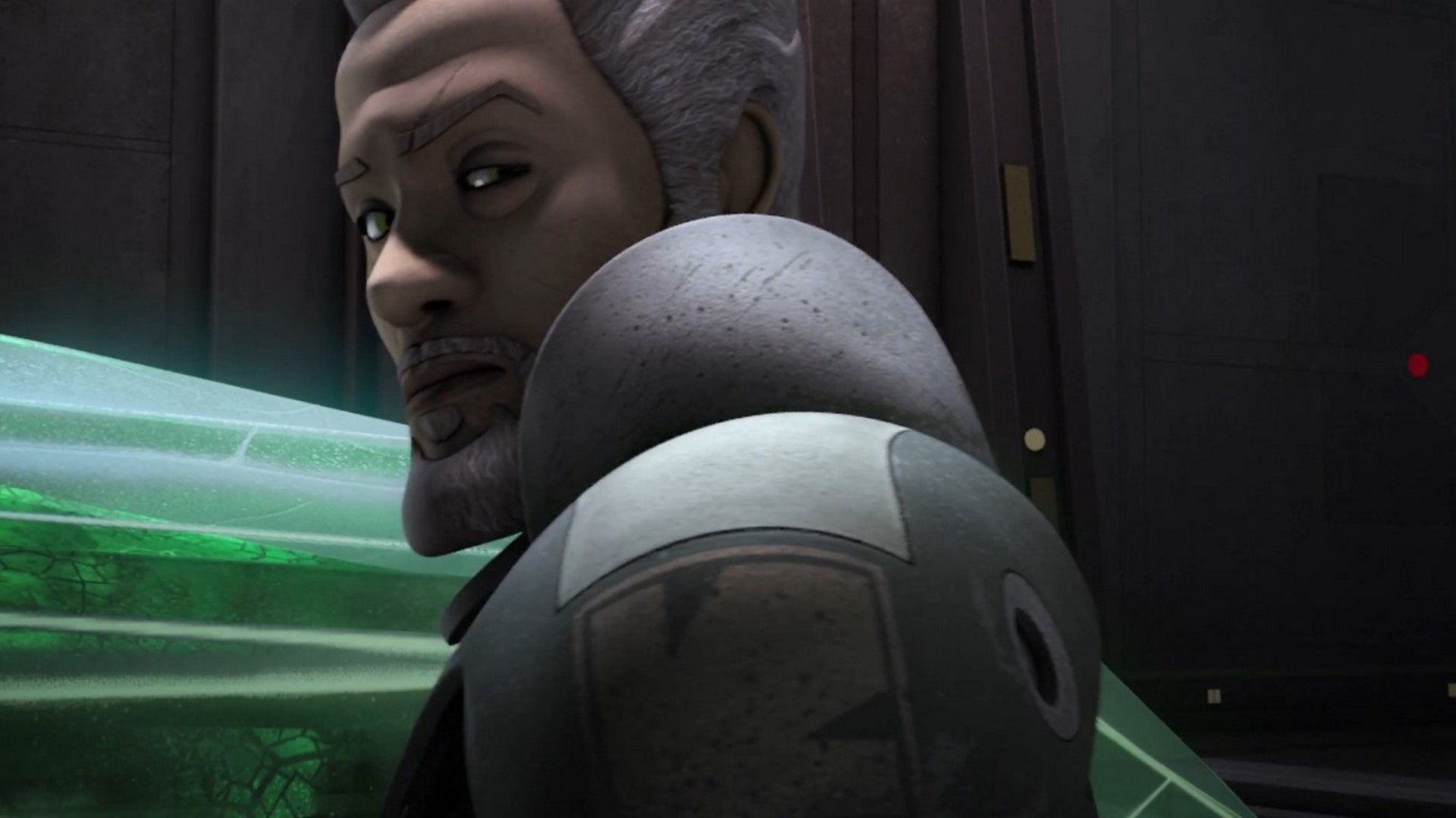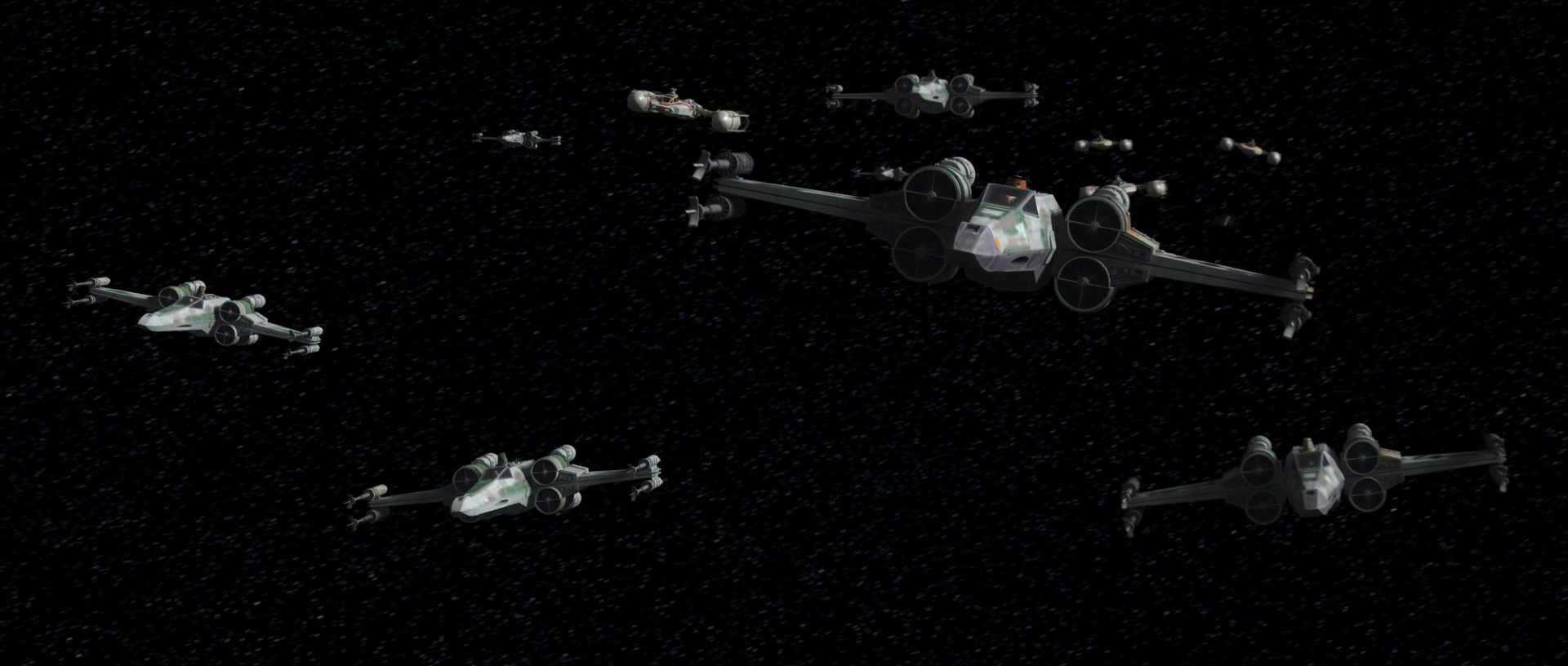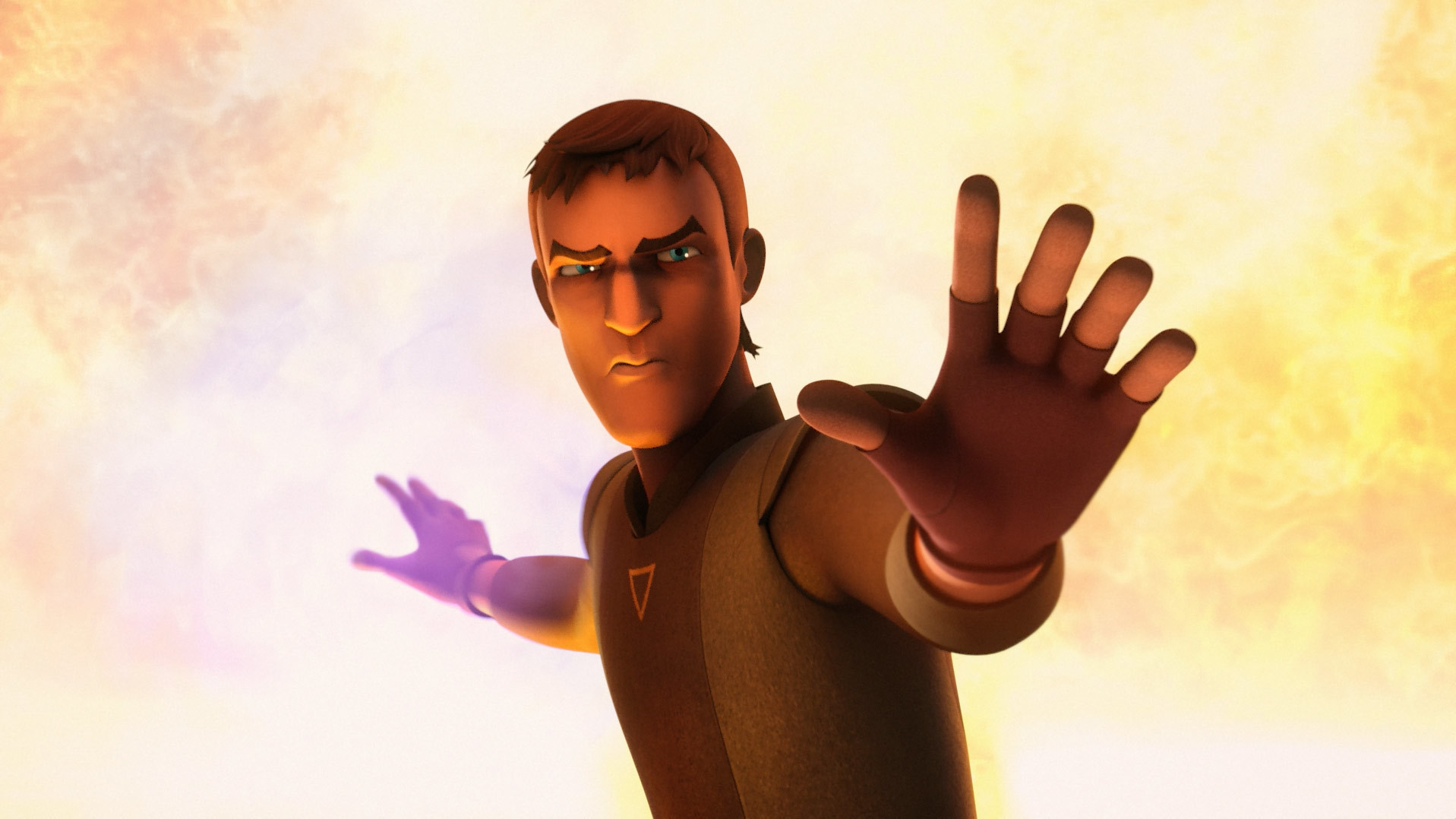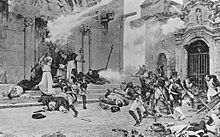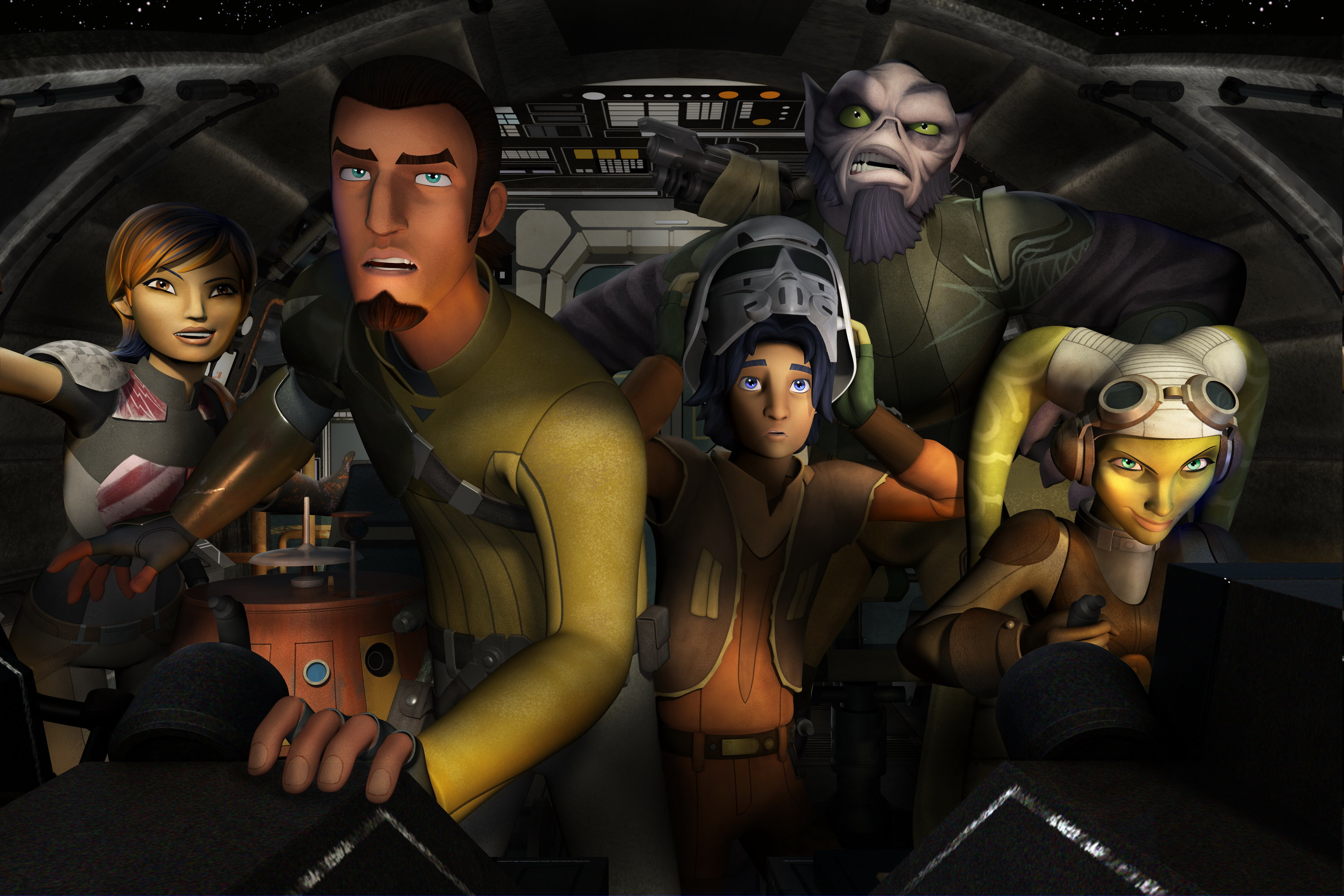
Greetings from a galaxy far, far away! It has been a long time since this blogger posted anything on Star Wars Rebels. While part of that was due to the inherent busyness of the previous year another, greater part of it was the fact that the series ended on such a disappointing note. As mentioned previously, I was not pleased by the series’ finale and I still have not watched it. For this blogger, Rebels ended with season three.
Why has the Mithril Guardian suddenly returned to Rebels? Well, to be perfectly honest, she never actually left. She enjoys re-watching episodes from the first three seasons occasionally and often discusses the characters with friends. One of those chats led to the subject of this post: Captain Hera Syndulla, the mother-figure for the crew of the Ghost who later became a general in the Rebel Alliance.
To be perfectly honest, Hera never really won me over, and that always struck this author as odd. The reason this seemed strange to me is that there are many things to like about Captain Syndulla. For starters, she is a very good “space mom” to her crew. Her piloting skills are on par with those of Han Solo, Wedge Antilles, Luke Skywalker, Tycho Celchu, Corran Horn, and dozens of other original characters. She believes wholeheartedly in the Rebellion and the Force. She is capable, pleasant, and an all around good person…which should make me like her.
So why don’t I like Hera?
This has bothered me for some time, not as an issue to be remedied so much as a subject to be understood. And, after much thought, I believe I have found that understanding. This blogger has come to the conclusion that her biggest problem with Hera has nothing to do with the character herself. It does, however, have everything to do with what the writers did to her.
This is not meant to be an insult to Dave Filoni or his crew. They did a fine job with the show. But they were operating under some obvious handicaps, and a great many of the choices they made for the series demonstrate this, especially the ones involving Hera. Having watched a few Clone Wars episodes with a friend, the strictures holding Filoni down became a bit clearer. He and the other showrunners must have been told by the Disney bigwigs to make the women in Rebels outshine the men in every possible way and as often as they could manage it, something Filoni did not have to do in Clone Wars.
This is why Sabine tended to show Ezra up even after his training and experience should have given him enough strength and strategic planning to match her. While some of this can be put down to her longer Mandalorian training, there are situations which occur during Rebels that do not account for or excuse the moments where the writers blatantly pander to the “I am woman, hear me roar!” crowd. Clone Wars kept a much more balanced view of the heroes and heroines’ separate biological, mental, and physical advantages in combat. Rebels was not allowed to do this with Sabine or, more importantly, with Hera Syndulla.
Allow me to explain. When we are introduced to Hera she is the unquestioned captain of the ship, heart of the crew, and mother figure to the younger members in the group (including Zeb, who is young at heart if not in actual fact). She is also the only one to have knowledge of and contact with the Rebel Alliance, a constraint which is meant to protect both her “space family” and the Alliance. Additionally, she is the only member of the crew totally committed to the Rebellion and the Force. Also, she alone has scars that do not begin bleeding at the slightest touch.
Portraying Hera this way makes a lot of sense. In a group of broken, battered, disillusioned people, you would want at least one member of the gang to have a level head and emotional maturity. This person would also have to have enough love in their heart to make everyone feel welcome and thus determined to stay, no matter what old wounds are opened or who steps on their toes. Hera fits the bill nicely and accomplishes her task very well – when she is allowed to do it.
This is where the problems begin. Hera Syndulla is rarely given permission to be herself in the latter seasons of Rebels. Rather than let her be the warm, gooey glue who holds the crew together and leads them down the path to healing, she is forced to “be more than the ‘space mom’ of the Ghost.” In addition to this potent place she holds in the story and the crew, she is forced to become a political firebrand and a general.
No one behind Filoni and his staff, it appears, ever thought to ask why she needed to be either of these things in addition to being a mom. Was it because the corporate suits thought she had to “be more powerful”? To “be stronger”? To show that “women are just as good as a man” in war? Begging your pardon, Disney/Lucasfilm, but I would like to see a man successfully hold the crew together the way that Hera Syndulla did when Filoni wasn’t forced to make her dance to your PC tune.
Before anyone makes the obvious point that men can hold together a “family” of this sort, too, permit me to say a few words on that. Generally, when men are put in a unifying position for a pseudo family, they do this job far differently than women such as Hera do it. Captain America is the grounding and uniting force for the Avengers, true, but his role is that of a “battle father.” And as a father, he has to be in the field, leading the charge, because that is what men do. They lead. They fight. They build. They sweat and toil, enduring deprivation and pain so that the rest of the family can stay home to make home a place worth fighting, living, and dying for.
Mothers do not do that. They cannot do it because they do not have time for it. They are too busy making sure the kids get to school on time, taking care of the house (or ship, in this case), not to mention keeping an eye on the money and food. These are all things that men can do, too, but they typically do not have time to do it because they are fighting off outside threats. Whether these threats are natural – i.e. storms and animals – or whether they come from other people like the Empire does not matter. What matters is that this is what they do while the moms stay home to keep the hearth fires glowing.
Notice I said moms do not fight. Women can and have led armies. They can and have entered combat. And when their family is threatened, moms will step up to the plate to defend those they love from harm. In each case, however, they have done so in small numbers or due to necessity rather than choice. This is because most women are much happier (and more comfortable) running a household than they are fighting on the battlefield or shooting bad guys from the cover of their living rooms.
While some missions would have called for Hera to leave the Ghost, the majority would have let her stay home and run the household, a.k.a. the ship. That was her primary domain, the place where she could do the most good – in no small part because it was her ship and she was the best pilot in the group. No one else could fly the Ghost or run the vessel the way she could because there she was the boss and her word was literally law.
She did not need to “be more” than the “mom” for the crew. Hera had more power in her pinky finger as mom and captain of the Ghost than Princess Leia or Mon Mothma had as leaders of the Alliance. She was also far tougher and more powerful than Sabine. Specter Five may have been able to go toe-to-toe with adult, fully trained Stormtroopers and Mandalorians, but Hera ran the ship twenty-four hours a day, seven days a week. Which job is harder – beating up bad guys, or getting everyone around the dinner table on time? (Hint: the answer is not smacking Stormtroopers.)
Hera’s place, to me, was always on the Ghost. I liked her best when she was at her most motherly and/or piloting the ship. That was when she was at her finest. That was when she was strongest. When she was allowed to be a woman and a mother, Hera absolutely fascinated this blogger. I would have followed that version of Hera from Lothal to Endor and straight into the old EU’s Yuuzhan Vong War arc (which, in case you who have only just discovered this site, is an arc I absolutely despise).
Unfortunately, Filoni and the other writers could not let her stay there. They had to put her in A-Wing, Y-Wing, and X-Wing fighters. They had to send her to make inspiring political speeches. They had to have her, a relative nobody in the Rebellion’s upper echelons (who remembers the Senator’s daughter?), tell off a bunch of politicians so she could lead an attack on the Lothalian TIE Defender factories. (With a handful of freaking fighters, NOT a detachment of cruisers and blockade runners that could at least hold their own with an armada of big bad Star Destroyers!!! Aargh…!)
The Disney bigwigs did not want to give Mon Mothma or Leia the floor. They did not even want to give a new female character made specifically for the moment the job of facing “the patriarchy.” No, they had to yank the “space mom” away from home and family to do a job meant for a stateswoman or – gasp – a man like Senator Bail Organa.
Senator Bail Organa
Seriously, exchange Hera for Bail in that rousing speech scene in episode eight of season four. I guarantee you the scenario works better with him telling the wishy-washy Senators to get off their butts and strike while the iron is hot than to have Hera do it. When this blogger heard Hera give her “stirring lecture,” she had to roll her eyes to avoid yelling at the screen. Hera’s speech sounded empty and flat, which it should not have. It was (a) not a bad speech and (b), she is a good enough character that she should have been able to make it work. She just could not make it work outside of the Ghost because, dang it, the ship is her province and main sphere of influence.
That ship and her crew are the ones who need to hear her speeches, not a bunch of sniveling political blowhards who haven’t got enough courage among them to fill a teaspoon. This is another problem with that scene: we know that Bail Organa has a great deal of fortitude – he helped to found the Rebel Alliance, despite being from a pacifist world that has no weapons whatsoever. Why is he suddenly reluctant not to take a stab at the Empire? The Bail Organa of the original EU would have ordered the strike without a second thought. Why does this version suddenly start tiptoeing around the idea like a ballet dancer?
And whose bright idea was it to send the near-pacifistic Mon Mothma to tell Hera to go give the political leaders a tongue-lashing in her stead? For Pete’s sake, in previous season four episodes, Mon Mothma was all for running and hiding!!! Now she’s going to send another woman and to start a fight on her behalf?! In the name of Heaven, why?!?! (*author slaps head on desk repeatedly*)
It was choices like these which kept my admiration for Hera Syndulla at a moderate level. She was designed to be a mom and a pilot, but Filoni could not leave her there because Disney had to maintain the attack on the “evil patriarchy” no matter what. This meant that he had to attack the “patriarchy” or lose his job at Lucasfilm, along with his chance to maintain some sanity in a galaxy far, far away. Thus he had to essentially ruin a fine character who, while she was good, could have been truly great if he had been free to leave her on the ship.
Does this mean Rebels is not worth watching, or that Hera is a terrible character? The answer to both questions is no. Rebels’ first three seasons are good, and Hera is a fine character. But she and the series would have been much, much better if Filoni’s bosses hadn’t been such short-sighted twits. If they had left him alone, then Rebels would have been more fun than it already is.
In order to end this post on a positive note, I can say that the series is worth a go. I am really sorry they could not do more than they did, but what they pulled off during the show’s first three seasons was good. It is not bad entertainment and I recommend watching it when you get the chance. Just bear in mind what Disney/Lucasfilm did and recognize that it could have been better if they had left the writers alone.
Until next time, readers –
“The Force will be with you, always.”














